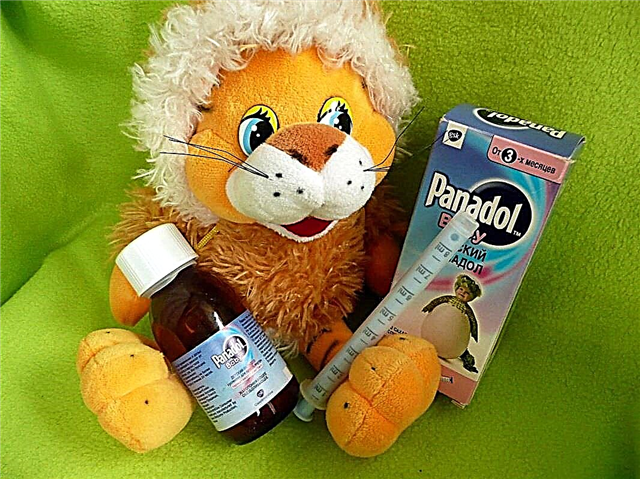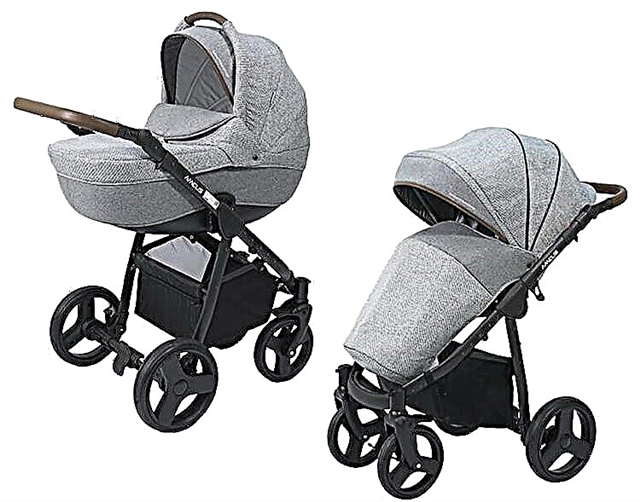
The umbilical cord firmly connects the baby with the placenta, through which the baby receives nutrition and oxygen from the mother and gives the products of its own vital activity for excretion. After the baby is born, the umbilical cord is cut off, but the spiritual close bond remains. We will tell you in this article about how the umbilical cord is processed in the maternity hospital and what to do with the umbilical wound after discharge home.
Structure
The umbilical cord is very similar to an elastic rubber hose. Its length is more than half a meter and it is capable of withstanding serious loads. One side of the umbilical cord is adjacent to the baby's tummy, and the other to the central part of the placenta.
Inside the umbilical cord, there are two arteries and one vein. Blood saturated with carbon dioxide and metabolic products flows through the arteries towards the placenta, and pure blood rich in oxygen, nutrients and minerals flows through the vein to the baby.


The umbilical arteries are very sensitive to oxytocin. When its level in the body of a pregnant woman reaches a maximum, and this happens during childbirth, they narrow, mobilize. This is the natural rejection of the umbilical cord at the cellular level, but physically the umbilical cord is cut by the obstetricians who deliver. After the baby is born, he begins to breathe with the lungs, feed - through the gastrointestinal tract, so there is no longer any need for the umbilical cord.
In the maternity hospital
During childbirth, obstetricians begin to process the baby even before its full appearance. As soon as the head is born, mucus is sucked off with a sterile pear, which fills the baby's nose and mouth. When a boy or girl is born as a whole, doctors continue to lead the birth process, because the mother still needs to give birth to the placenta, and the baby has to go through several stages of processing the umbilical cord.
The primary processing of the newborn's umbilical cord should be carried out quickly - literally 10-15 seconds after the birth of the baby, the umbilical cord is clamped with Kocher clamps. One of the clamps is applied to the cord ten centimeters from the baby's navel, from his umbilical ring. The second clamp is applied a few centimeters from the first in the direction of the placenta.


A part of the umbilical cord is located between the clamps, along which the cutting will be carried out. It is treated with alcohol and cut with sterile surgical scissors. Only after that, the “liberated” baby is shown to the newly-made mother, the obstetricians say the gender of the baby and take him to a special changing table with heating and a sterile diaper. This is where the secondary processing stage starts.
The remains of the umbilical cord should be treated with alcohol, then blotted with a dry sterile napkin. The algorithm of actions of the medical staff in this matter has been worked out to the smallest detail, everything is done quickly. The treated umbilical cord is squeezed out with fingers and a Rogovin brace is applied 20-30 mm from the umbilical ring. About 2 centimeters retreat from it and the umbilical cord is cut again, processing the cut with a five percent solution of potassium permanganate.

Previously, the navel was tied with a knot, now it is practiced for the child to stay with a clothespin (Rogovin's brace) until it completely falls off. In the pediatric department of the maternity hospital, the doctor will daily examine the condition of the remainder of the umbilical cord and umbilical ring. The baby's navel will be treated every day. If medical personnel do not violate sanitary requirements and instructions, the risks of infection of the umbilical wound will be minimal.
If the SOP (standard operating procedures) algorithm has not been violated, and the baby was born healthy and full-term, there is practically no chance of developing an umbilical hernia, severe infection or sepsis. Complications begin where the responsible attitude of doctors to their work ends.


At home
After discharge from the hospital, the responsibility for treating the umbilical wound falls on the shoulders of young parents. And here a great many questions arise. The local pediatrician can teach the mother how to properly handle the umbilical wound, who will visit the child at home on the first day after discharge. But it is advisable for parents to have a memo on hygiene procedures related to the navel with them at all times.
In fact, there is nothing difficult in processing. It must be included in the baby's morning toilet.


If the clothespin does not fall off
The clothespin with which the baby was discharged may fall off along with the dried remainder of the umbilical cord on the 5th day after childbirth, or maybe only on the 7-9th day. Everything is individual here. If everything is in order with the navel, there are no signs of inflammation, it is not necessary to process it until the umbilical cord falls off. If the doctor insists on processing, take this process responsibly.
While the brace is in place, the navel is carefully processed so as not to disrupt the process of mummification of the remainder of the umbilical cord by introducing infection. For processing, you will need tweezers, cotton pads, brilliant green and an eyedropper. First, the mother should wash her hands, treat with any antiseptic (preferably "Miramistin"). Using a pipette, 1-2 drops of brilliant green are carefully applied to the place of attachment of the remainder of the umbilical cord to the umbilical ring.
It should be remembered that the remnants of the umbilical cord with a clothespin must always be dry. Try not to cover them in a diaper. If the baby's feces or urine gets on the navel, rinse it with running water and dry it well naturally, after drying it with a clean ironed napkin.
You can and should bathe with the remains of the baby's umbilical cord; it is also spread on the tummy. It is advisable to use boiled water only for hygiene procedures. The clothes of the newborn should be sewn from natural fabrics; there should be no elastic bands and pressing fasteners in the navel area.


When dropped
Once the umbilical cord has fallen off, treatment of the umbilical wound should be mandatory and daily. For some time after the loss of the mummified remnant of the umbilical cord with a brace, the child should be left in the supine position with an open tummy so that the wound dries up a little.
In the future, it is important to ensure that the diaper does not cover it, and that the clothes are comfortable.


Parents should understand that a small amount of blood in the umbilical wound, as well as the formation of crusts in it, is normal and natural. You should not try to tear off these crusts at any cost. To treat the wound you will need:
- tweezers;
- pipette:
- cotton pads;
- cotton buds;
- brilliant green (1%);
- hydrogen peroxide (3%);
- antiseptic for treating the hands of an adult.
With clean, washed, antiseptic hands without long manicure, mom should carefully push the edges of the wound and drip a few drops of hydrogen peroxide inside with a pipette. Make sure that the peroxide is not cold, otherwise the baby will be unpleasant, he will worry and cry during the procedure. The optimum temperature for all drugs for treating the navel is room temperature.
Excess peroxide is carefully removed with a cotton swab. After 30-40 seconds, you can start cleaning the wound. With a cotton swab dipped in hydrogen peroxide, carefully remove the crusts and other contents of the wound. After this, the wound needs to be allowed to dry out a little and after a couple of minutes you can start digging in the green stuff. It is drawn into a pipette and 1-2 drops are dripped directly onto the wound.

You need to bathe the child after the wound has healed. Usually this process is completed by the 20th day of birth, that is, at the age of three weeks, the baby may well swim. Before that, from the moment the umbilical cord falls off, the baby is stripped with wet wipes dipped in warm water with a diaper, avoiding water getting into the unhealed umbilical wound.

Signs of infection
You should call a doctor if the umbilical wound begins to fester, if a greenish or yellowish thick liquid with an unpleasant odor is released from it during treatment, if the space around the navel is inflamed, swollen, reddened and gives unpleasant sensations to the baby when touched.
In this case, after consulting a doctor, additional manipulations associated with the use of antibiotics are prescribed - locally in the form of ointments or systemically, if the inflammation is strong.


You will learn more about the rules for processing the umbilical cord in a newborn in the following video.



